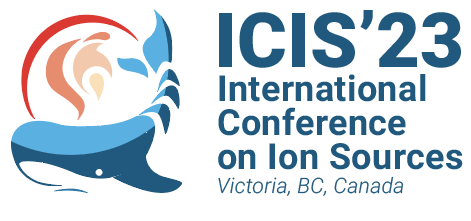Speaker
Description
The production of negative ions in caesium sputter ion sources occurs on the surface of a cathode, which contains the ionized material and is covered by a thin layer of caesium that enhances the negative ion yield by lowering the work function. We have recently demonstrated that the negative ion beam currents can be enhanced by exposing the ion source cathode to a laser beam [1-3]. In this paper, we present new results on the laser-assisted enhancement of Br
REFERENCES:
1. Tarvainen O et al 2020 J. Appl. Phys. 128 094903
2. Tarvainen O et al 2021 AIP Conf. Proc. 2373 020001
3. A Hossain et al 2022 J. Phys. D: Appl. Phys. 55 445202
| Email Address | akbar.a.hossain@jyu.fi |
|---|---|
| I have read the Code of Conduct to attend ICIS2023. | Yes |

